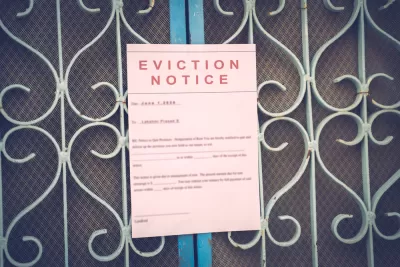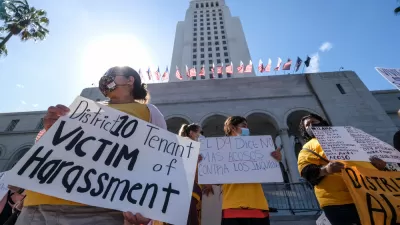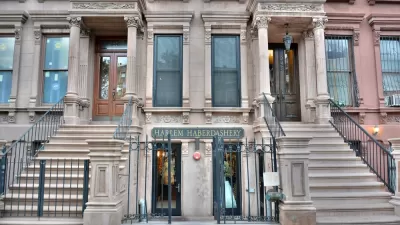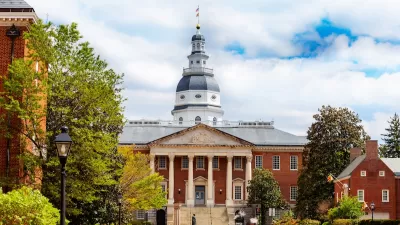Renters with longer commutes to eviction courts, often located downtown, face higher eviction rates.

New research reported on by Matt Levin for Marketplace highlights a major barrier for tenants fighting eviction: the commute to the courthouse. According to research from law professor Dave Hoffman, “For every extra hour it takes to get to court, the odds of a default eviction go up as much as 9%.”
Tenants who live far from downtown courthouses face the biggest hardship. “[Hoffman’s] research suggests that even controlling for factors like income and race, the farther you are from the courthouse, the less likely you are to make it there to fight your eviction.” Shanti Singh of Tenants Together calls this “almost a consequence of displacement,” noting that working class renters “have longer and longer commutes to work, but also possibly longer and longer commutes to their own eviction hearing.”
As federal housing assistance programs lapse and disruptions brought on by COVID-19 continue to leave many renter households vulnerable to eviction, some landlords are intensifying their efforts to file evictions against tenants who owe back rent. But the pandemic brought some innovations, too. “Many eviction courts used Zoom or other platforms during the pandemic, and some continue to do so. That may help with the transport issue. But tenant lawyers said many of their clients run into issues using the technology. ”
Click through to the source article to listen to the full radio segment.
FULL STORY: Tenants with long commutes to court more likely to be evicted, study finds

Study: Maui’s Plan to Convert Vacation Rentals to Long-Term Housing Could Cause Nearly $1 Billion Economic Loss
The plan would reduce visitor accommodation by 25% resulting in 1,900 jobs lost.

Alabama: Trump Terminates Settlements for Black Communities Harmed By Raw Sewage
Trump deemed the landmark civil rights agreement “illegal DEI and environmental justice policy.”

Why Should We Subsidize Public Transportation?
Many public transit agencies face financial stress due to rising costs, declining fare revenue, and declining subsidies. Transit advocates must provide a strong business case for increasing public transit funding.

Paris Bike Boom Leads to Steep Drop in Air Pollution
The French city’s air quality has improved dramatically in the past 20 years, coinciding with a growth in cycling.

Why Housing Costs More to Build in California Than in Texas
Hard costs like labor and materials combined with ‘soft’ costs such as permitting make building in the San Francisco Bay Area almost three times as costly as in Texas cities.

San Diego County Sees a Rise in Urban Coyotes
San Diego County experiences a rise in urban coyotes, as sightings become prevalent throughout its urban neighbourhoods and surrounding areas.
Urban Design for Planners 1: Software Tools
This six-course series explores essential urban design concepts using open source software and equips planners with the tools they need to participate fully in the urban design process.
Planning for Universal Design
Learn the tools for implementing Universal Design in planning regulations.
Smith Gee Studio
Alamo Area Metropolitan Planning Organization
City of Santa Clarita
Institute for Housing and Urban Development Studies (IHS)
City of Grandview
Harvard GSD Executive Education
Toledo-Lucas County Plan Commissions
Salt Lake City
NYU Wagner Graduate School of Public Service





























